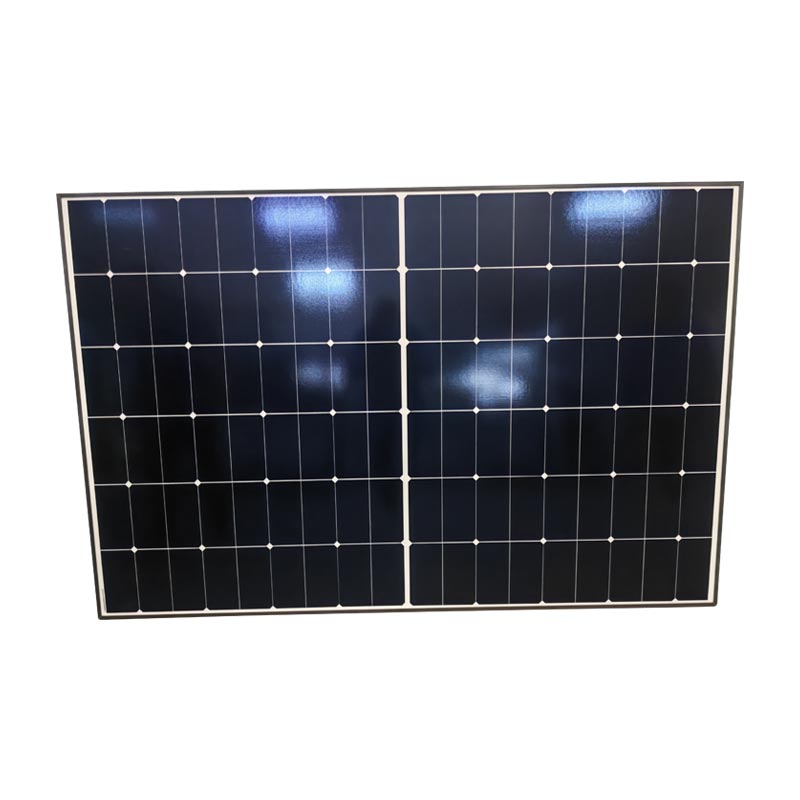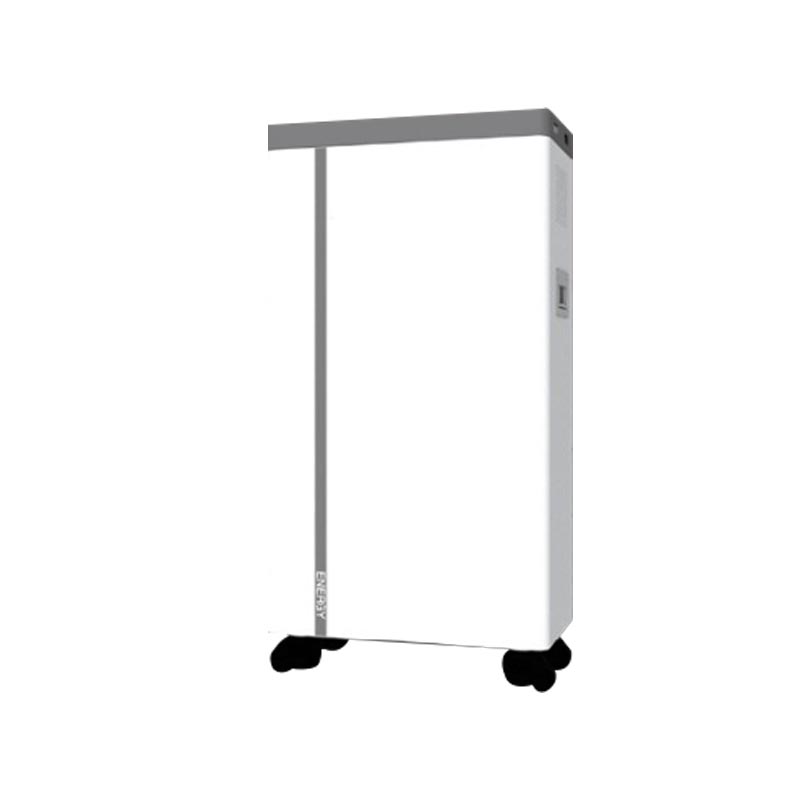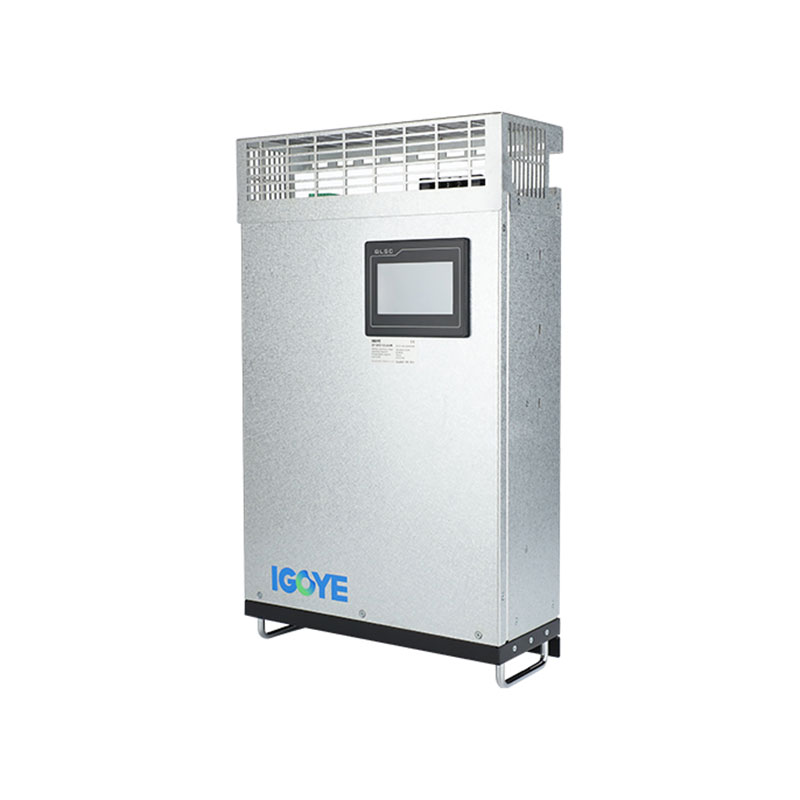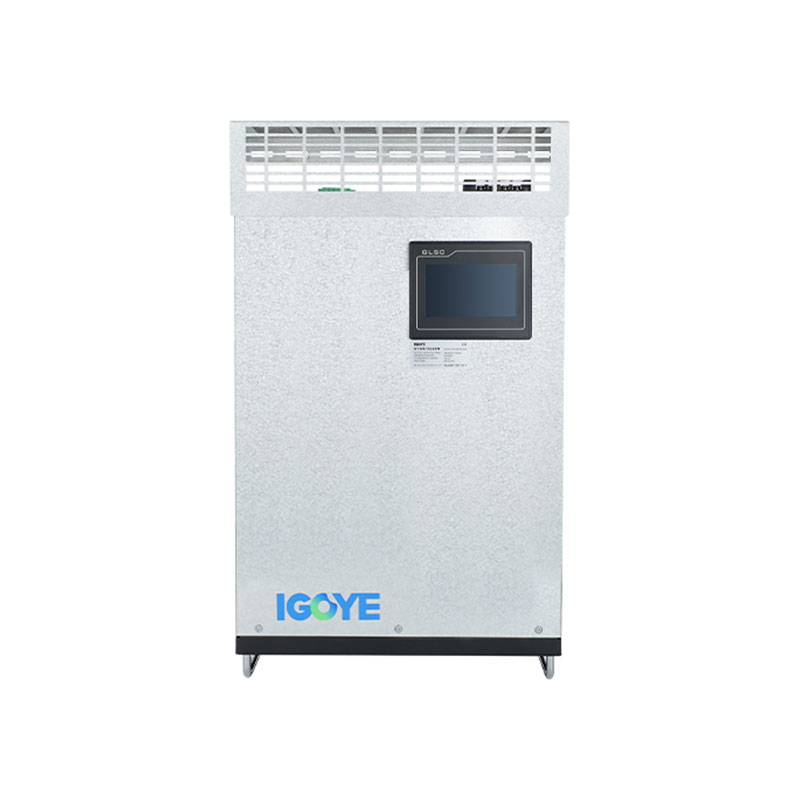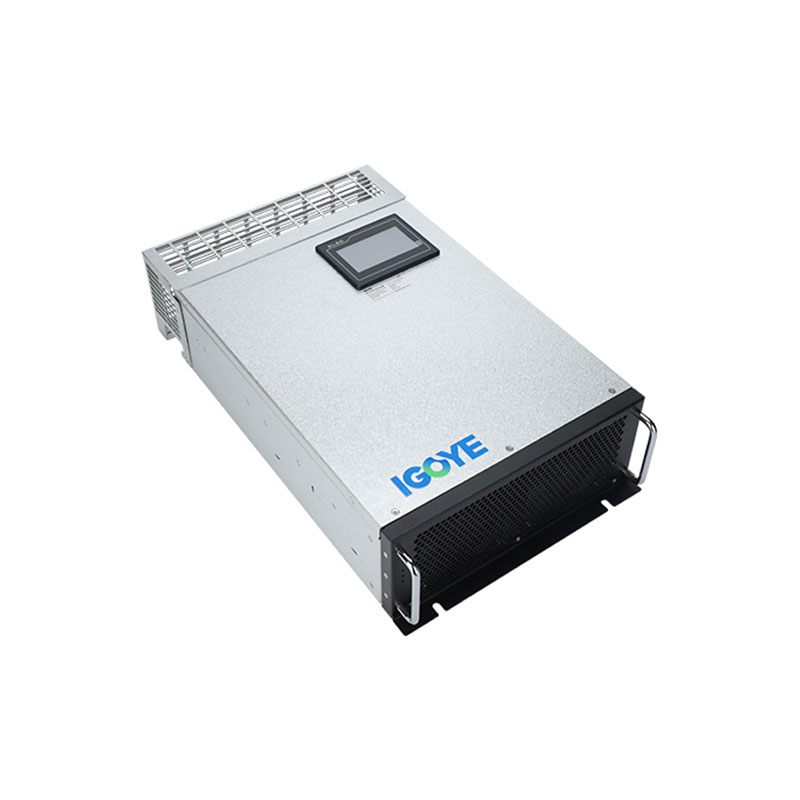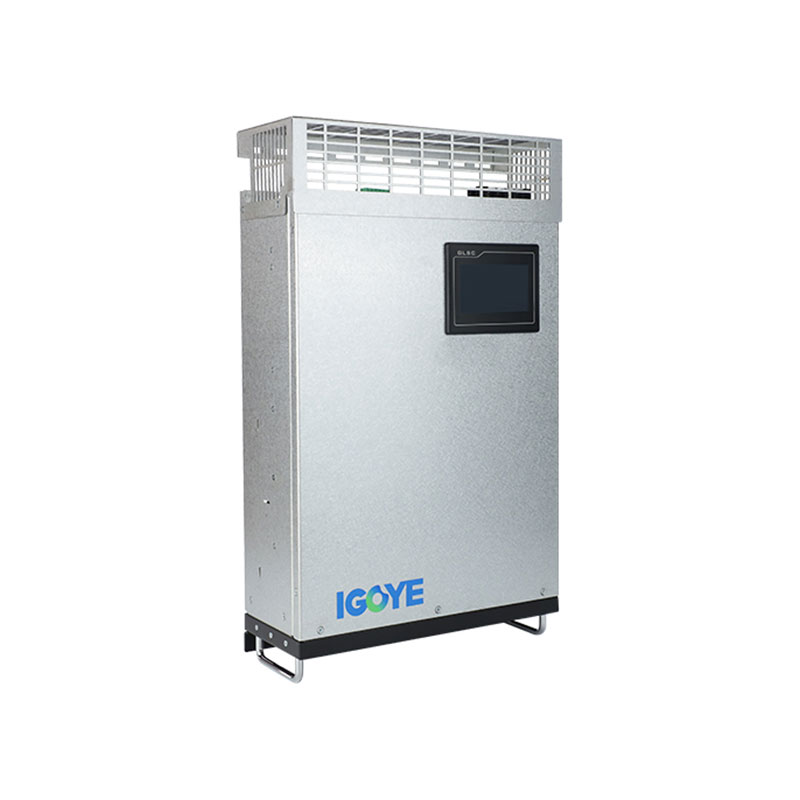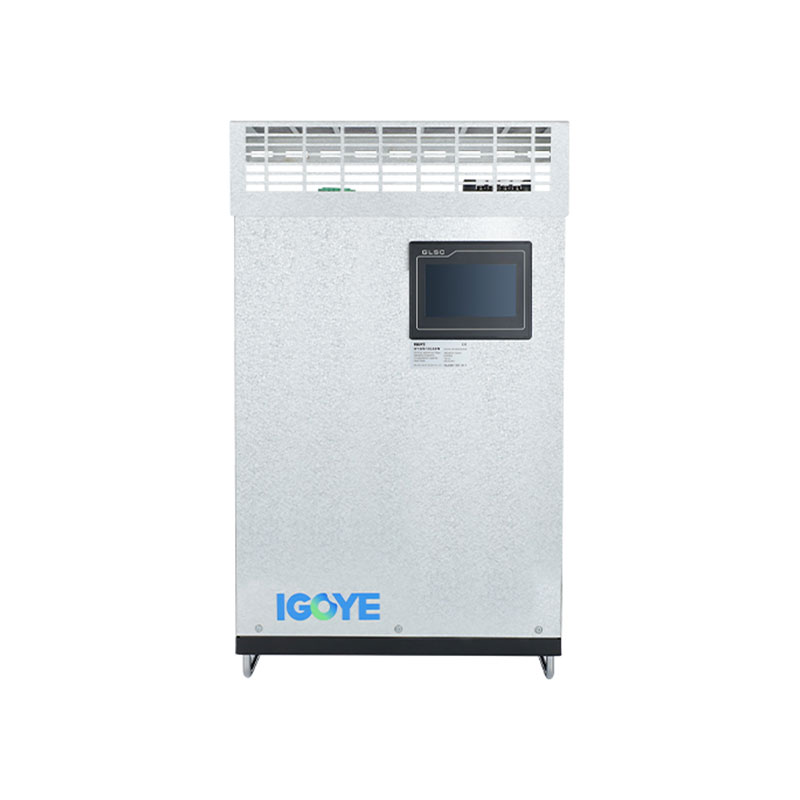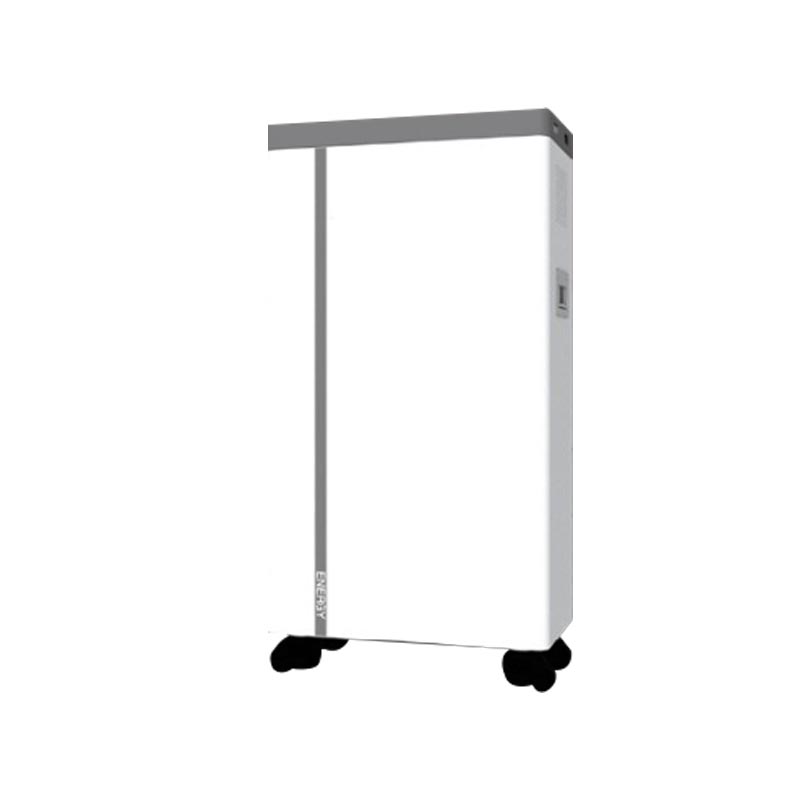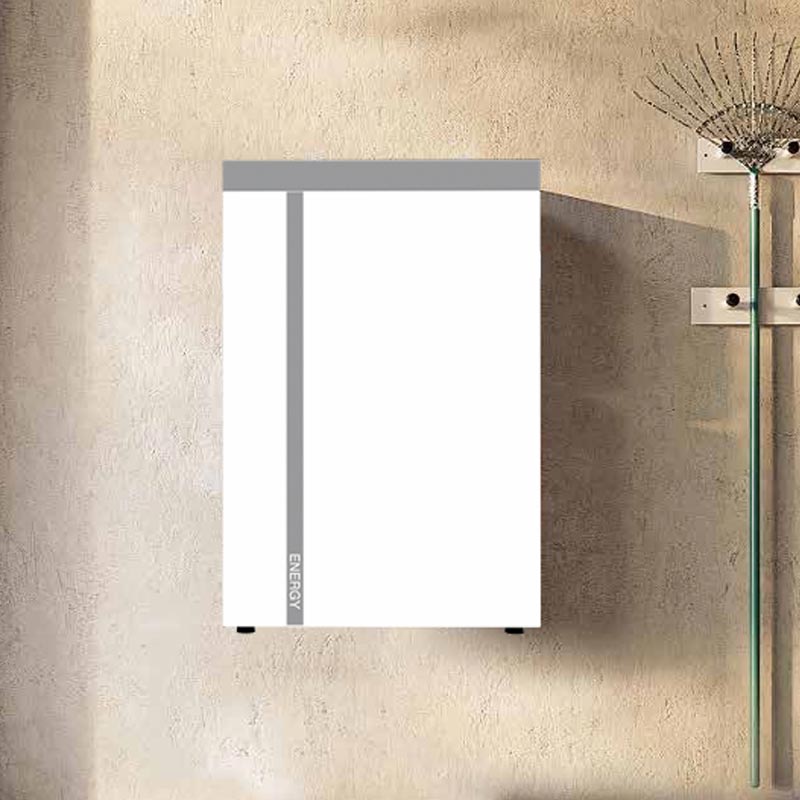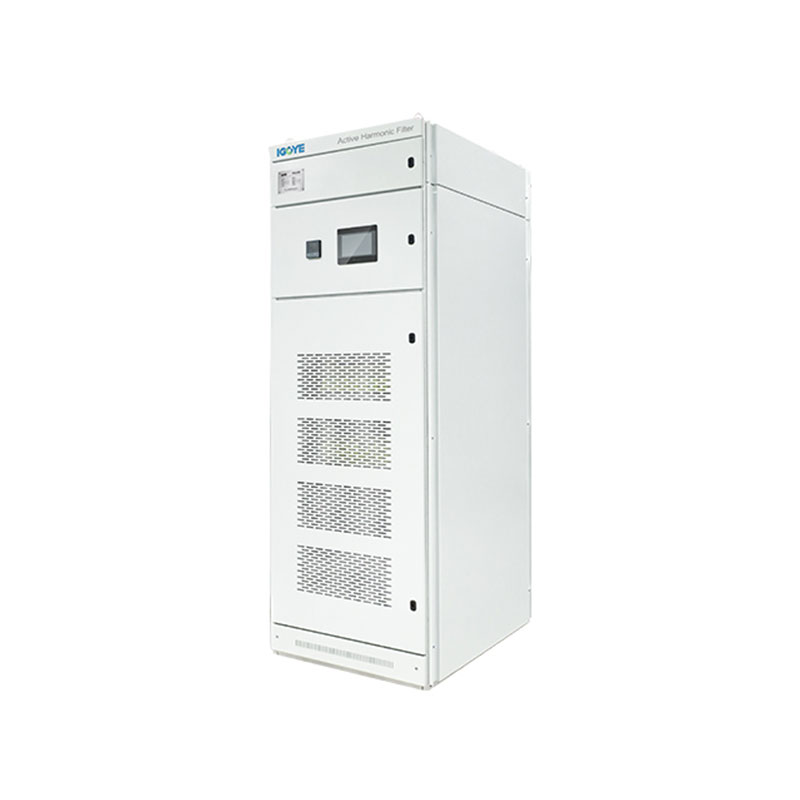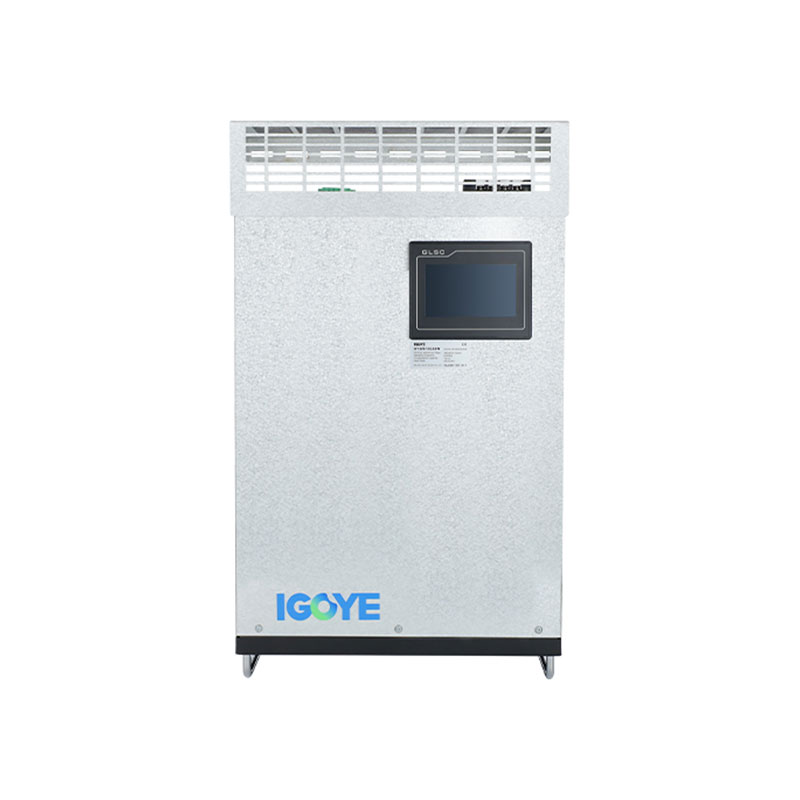How Do We Turn an Energy Storage System Into Measurable Business Results?
I work where meters spin and bills bite. On real sites—clinics, depots, factory lines—I’ve seen storage either pay for itself or sit as a stranded box. With GEYA hardware in the loop and an Energy Storage System tuned to each site’s rhythm, we treat storage like a teammate: it pockets midday solar instead of dumping it, trims the ugly peaks that trigger tariffs and trips, and steps in so fast during a fault that screens don’t even flicker. That’s the standard I hold to on every deployment.
What pain points push companies to adopt storage now?
- Demand peaks that trigger painful tariff spikes and capacity charges
- Intermittent solar and wind that force curtailment or cause backfeed limits
- Critical loads that can’t tolerate even a half-second sag or outage
- Connection delays where the grid can’t grant the requested capacity
- ESG targets that require verifiable, low-carbon operations rather than slogans
How does intelligent load regulation actually stabilize my site and the grid?
I configure storage to absorb excess energy when demand dips and discharge automatically when it surges. The result is a flatter, cleaner load profile that supports voltage stability and reduces stress on transformers and feeders. In practice, I target:
- Peak shaving and valley filling so monthly demand charges drop and gear runs cooler
- Fast response to spikes so power quality events don’t ripple into production faults
- Setpoint tracking where the EMS holds a contracted import limit with headroom
How do we unlock more value from renewables without overbuilding?
Instead of dumping midday solar or throttling wind, I use storage to capture those kilowatt-hours and release them on demand. Sites that previously curtailed regularly can raise useful renewable utilization significantly; on portfolios with good data discipline, I’ve seen up to ~40% higher effective use of on-site generation compared with no-storage baselines. The payoff shows up as lower grid imports, fewer curtailment alarms, and steadier carbon intensity per unit of output.
What keeps mission-critical loads online within 50 milliseconds?
For hospitals, data halls, and process lines, I stage the system so it snaps into backup in roughly 0.05 seconds. The stack blends inverter ride-through, fault detection, and a protected bus architecture. Operators don’t see screens flicker; historians barely mark the event. Modular blocks and layered safety—battery management, thermal control, and fire mitigation—keep that performance stable even in challenging environments, supporting 99.99% annual power availability targets when combined with sensible maintenance.
Which architecture fits my site today?
| Use Case | Typical Goal | Sizing Cues | Control Strategy | Expected Impact |
|---|---|---|---|---|
| Manufacturing plant | Cut peaks and stabilize power quality | Power equal to 20–40% of feeder peak, 1–2 hours energy | Peak shaving with fast P/Q support | Lower demand charges, fewer nuisance trips |
| Rooftop PV on C&I | Reduce curtailment and export limits | 0.5–1.0 hours relative to PV nameplate | Self-consumption and export limiting | Higher on-site renewable utilization, smoother import profile |
| Data center | Ride-through and ultra-fast backup | High power, 5–15 minutes energy | UPS-class response with grid support | Sub-50 ms transfer, stable voltage under fault |
| EV fleet depot | Serve chargers without grid upgrade | Charger block rating with 1–2 hours energy | Import cap tracking and TOU arbitrage | Deferred CAPEX, predictable demand costs |
| Island microgrid | Displace diesel and stabilize frequency | 20–50% of average load with 2–4 hours | Renewable smoothing and grid-forming | Fuel savings, quieter and cleaner operations |
How do I size storage without overspending?
- Start with interval data at 15-minute or finer granularity for at least 12 months.
- Define the business target such as a maximum import limit, peak-reduction goal, or curtailment threshold.
- Pick a C-rate window that reflects operations; 0.5C to 1C covers most C&I sites.
- Simulate dispatch against tariffs and curtailment rules, then round to modular block sizes.
- Validate lifecycle cost by checking round-trip efficiency, degradation, and warranty cycling limits.
What risks do I remove early so the project stays bankable?
- Safety and compliance including cell-level protections, ventilation, and local fire code alignment
- Vendor lock-in by insisting on open protocols and data access for the EMS
- Tariff changes by stress-testing scenarios so the model still clears under new rates
- Thermal design to maintain performance in heat, cold, and dust-prone sites
- Warranty realism where cycling limits match the actual dispatch profile
How does our approach translate those ideas into everyday reliability?
I focus on systems that learn a site’s rhythm and respond in milliseconds rather than minutes. Working with GEYA hardware and controls, I deploy LFP battery packs for stable chemistry, stack modular racks to fit room and capacity constraints, and run an EMS that understands tariffs, renewable forecasts, and protection logic. The goal isn’t to chase theoretical benchmarks—it’s to keep equipment safe, bills predictable, and production smooth day after day.
Where have I seen the clearest returns so far?
- Food processing line that shaved monthly peaks and eliminated nuisance trips due to compressor starts
- EV logistics yard that hit charging targets without a costly grid upgrade by holding to a firm import cap
- Clinic campus that rode through distribution faults with a transfer measured in tens of milliseconds
Which practical details help operations teams trust the system?
- Transparent dashboards that show state of charge, alarms, and dispatch reasons in plain language
- Routine reports that map savings, curtailment avoided, and carbon intensity over time
- Clear maintenance windows and remote diagnostics so surprises don’t become outages
Why does this storage platform feel different in the field?
Instead of throwing every feature at every site, I tune three behaviors that matter most: smart load regulation that keeps the grid and equipment steady, renewable capture that turns wasted energy into usable power, and protected-power switching around 0.05 seconds so critical loads never blink. That combination is how we hold tight power quality and reach high uptime targets under real-world constraints.
Shall we look at your load data and sketch a right-sized path forward?
If you want a straight reading on feasibility, send a sample month of interval data and a note about your pain points. I’ll provide a practical design, expected savings, and operational guardrails—no fluff. When you are ready, contact us to start a quick assessment or request a tailored proposal. If you already know your target, reach out and tell me the goalpost and I’ll meet you there.
- Benefits of Using Active Harmonic Filters
- Why Is an Advanced Static Var Generator Becoming Essential for Modern Power Systems?
- Why did a cabinet-type active harmonic filter change the way my plant handles power quality?
- What makes a wall-mounted static var generator the smart fix for unstable power?
- Can Your Facility Meet Strict Grid Regulations with a Cabinet-Type Static Var Generator
- Does a Rack Mount Active Harmonic Filter Protect Against Transformer Damage

